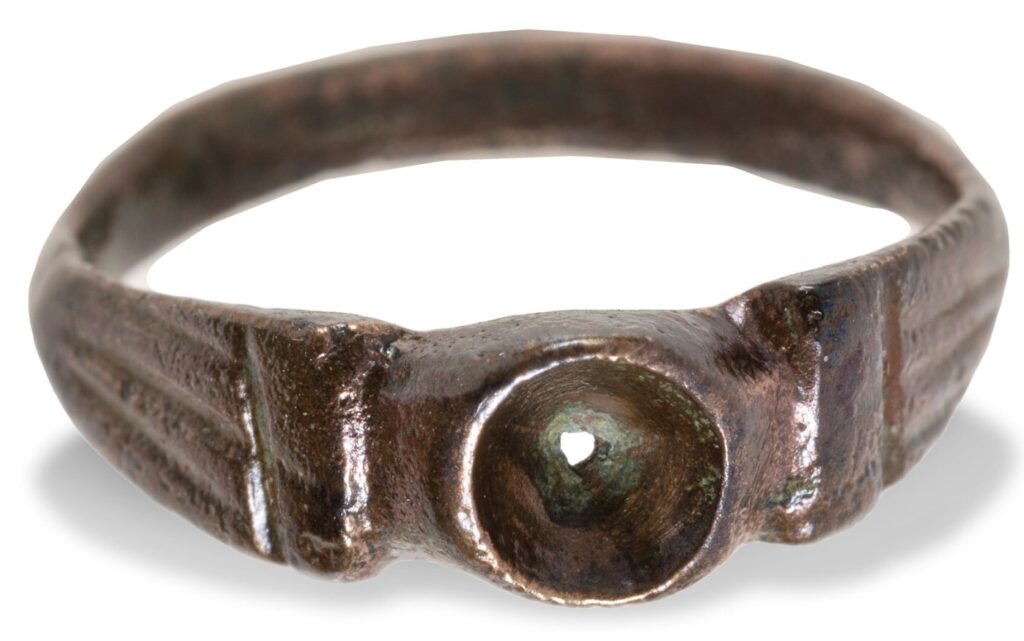Archaeologists, along with soldiers and civilians, uncovered a hidden tunnel complex from the Bar Kokhba Revolt period in Huqoq, Israel, the Israel Antiquities Authority said in a statement.
The Bar Kokhba Revolt was a large-scale uprising of the Jews of Judea against the Roman Empire in 132 CE. It was the last of the three great Jewish-Roman wars. It was led by ‘Simon bar Kokhbam’, who gave the revolt its name. The revolt succeeded in establishing an independent state in parts of Judea for two years, but eventually Rome destroyed it with its armies. Rome banned Jews from entering Jerusalem (except for the 9th of Av). At the end of the war, significant differences between Christianity and Judaism began to emerge.
The tunnel complex was found at Huqoq near the Sea of Galilee and turned out to be a water cistern originally from the Second Temple. During the Bar Kokhba Revolt, the inhabitants of Huqoq dug a series of tunnels from the cistern that connected to eight underground chambers and a mikveh.
According to research, there were many narrow tunnels under the old farmhouses at Huqoq. The tunnel system was probably used by rebel forces to escape the Roman army. There are 83 underground bunkers in Galilee, many of which can be found in Jewish settlements dating from the Second Temple period. Huqoq is the largest and most impressive. In all of them, pottery has been found that testifies to the presence of Jews during the revolts against the Romans.



The team also found hundreds of shards of broken clay, glass plates, an impressive ring with a precious stone and numerous ceramic shards.
“The tunnel complex provides a glimpse into a period that was difficult for the Jewish population in Huqoq and the Galilee in general,” said excavation director Uri Berger of the Israel Antiquities Authority and Prof. Yinon Shivtiel of Zefat Academic College.
“This is the story of the inhabitants who, even after losing their freedom and after difficult years of rebellion, came out of hiding in the tunnels and built a thriving village with one of the most impressive synagogues in the region.”
“It is not certain that the complex was used for hiding and escape during the Second Rebellion, but it is thought to have been prepared for this purpose. We hope future excavations will bring us closer to an answer.”
